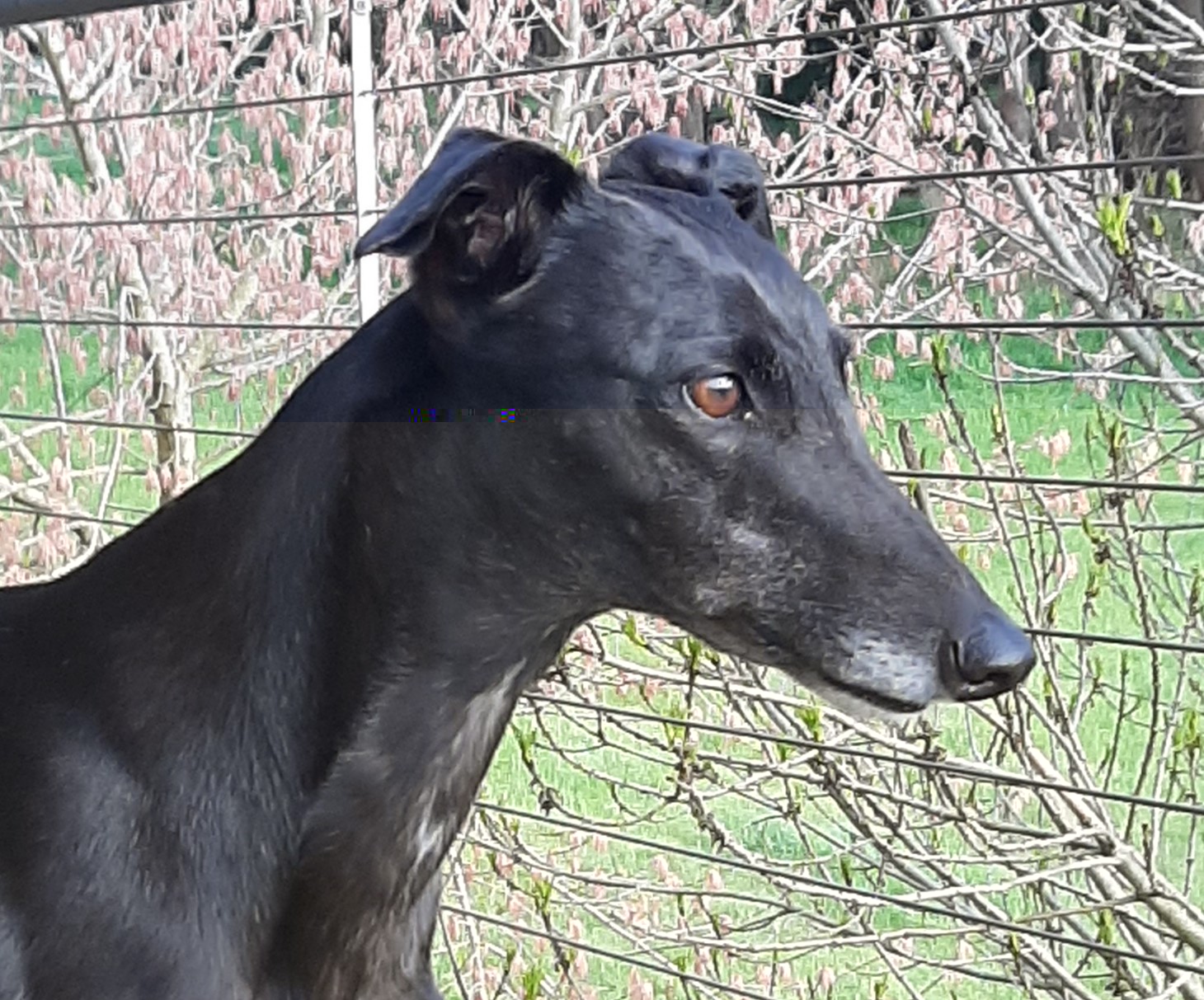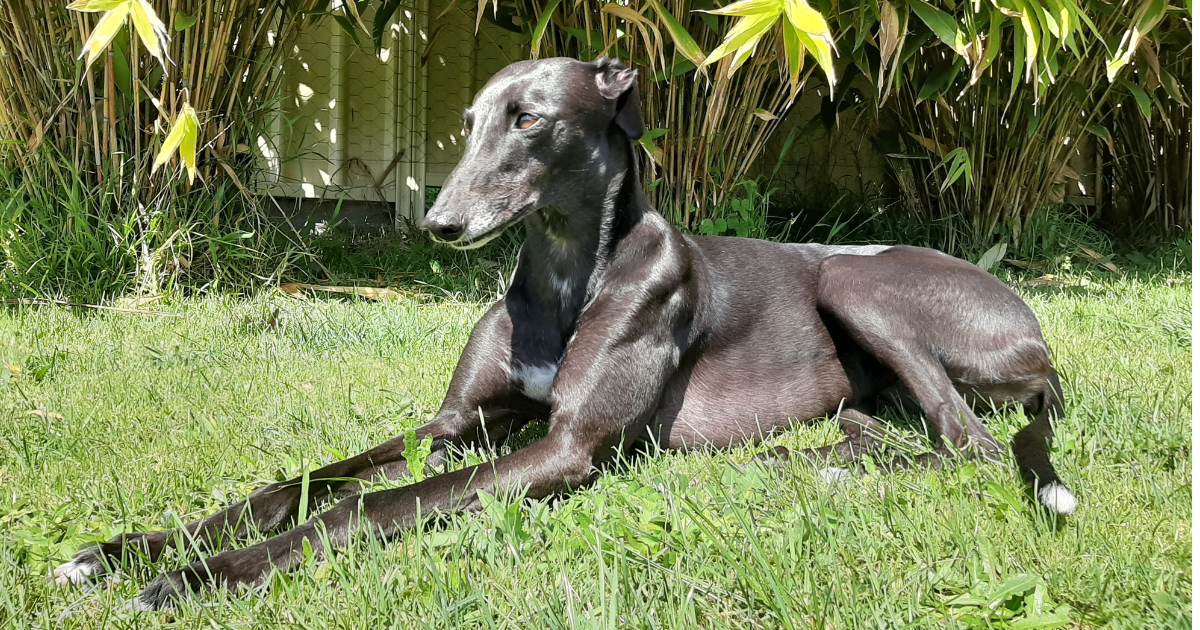by Warren Young, Coalition for the Protection of Greyhounds
About 4 ½ years ago, my partner and I decided we were ready to adopt a companion dog into our family. Our adult son had a beautiful greyhound, so we decided to go for a grey ourselves.
We take her for two walks a day and often meet people along the way. A lot of people like to stop and greet our dog, who has become quite friendly to human passers-by.
When people recognise our dog as a greyhound, they often ask “is your dog a rescue?” Most of the time, I just say “yes she is”, but I really feel like saying this:
Every greyhound living as a companion or pet is a rescue dog. Unlike your dog, greyhounds are the only dog bred exclusively for racing.
So if a greyhound is no longer with an owner, trainer, or some other racing participant, they have been rescued. According to the Merriam-Webster dictionary, being rescued means to be “free from confinement, danger, or evil”. The Oxford dictionary describes rescuing as “the act of saving somebody/something from a dangerous or difficult situation”.
While a successful racing greyhound may be treated well while they are winning, they are discarded once they can’t generate income for industry participants.
What happens next
In the case of our grey, she was kept with a trainer for years, despite never racing. So, her life was a bit of a mystery, but since she was not making money from racing, my guess is that she was more of a burden to her owner than anything else. When we first met her, 3½ weeks after the rescue, she was shaking with fear in the corner of a room.
She had been surrendered, but was not ready for family life. She was afraid of most men, and loud unfamiliar sounds. She has no idea how to navigate a staircase or to recognise a glass door or window. We had to apply tape to glass, to stop her from bumping into it.
A dire fate
The fate of retired and unwanted greyhounds varies, and can include being:
- Euthanised
- Sent to university laboratories for experimentation or for blood that is used for transfusions to other animals
- Sent interstate or overseas
- Retained for breeding
- Given to individuals, either within or outside the industry
- Sent to an industry rehoming organisation
- Sent to a community rescue group
- Unaccounted for. Some greyhounds just appear to have ‘disappeared’
Survey data about greyhounds surrendered to community rescue groups show that many dogs are in poor physical condition and have behavioural issues that require considerable time and money to remedy. For example, many recued dogs showed signs of stress, had a clear sign of being injured, needed veterinary care for pre-existing injuries, required dental treatment, and had poor grooming.

A final thought
Clearly, greyhounds no longer making money for industry participants and punters are unwanted, and therefore discarded in any number of ways. My final comment to the people I meet on our walk would be: “is this how you would like your pet dog to have been treated?”

